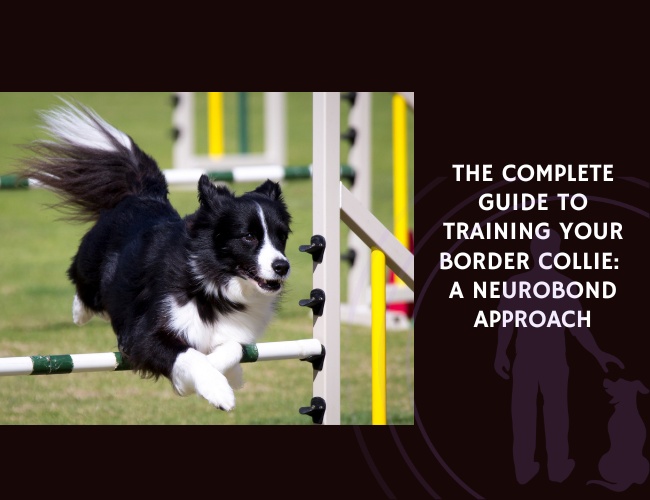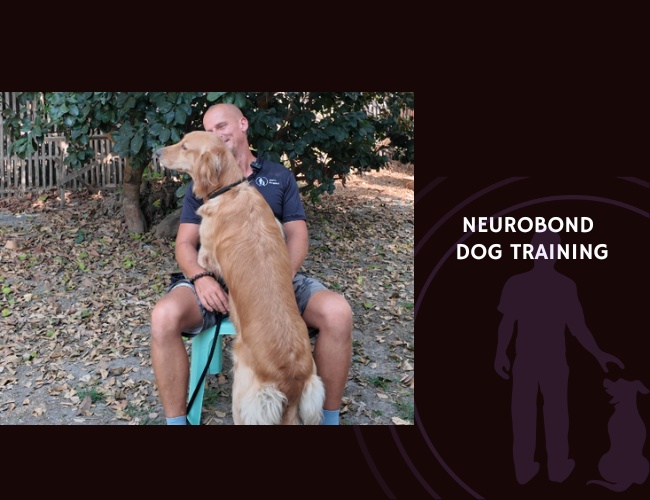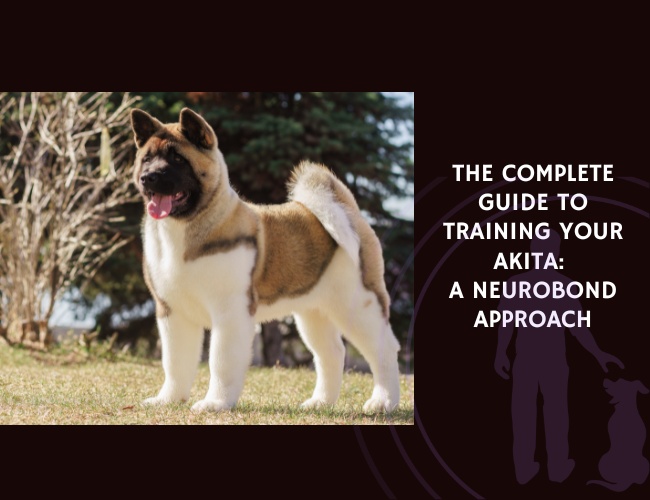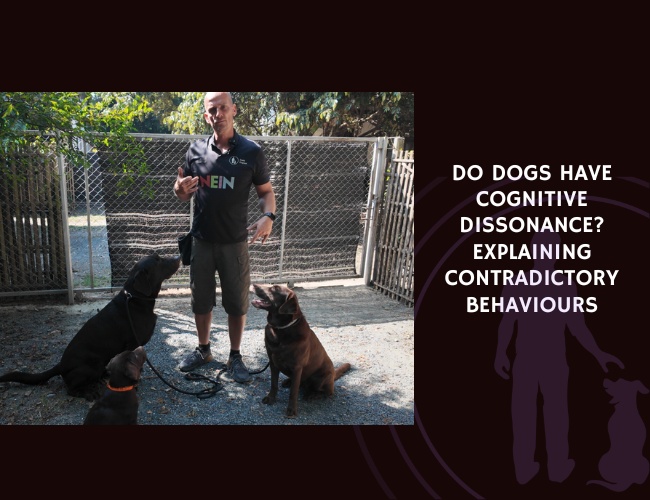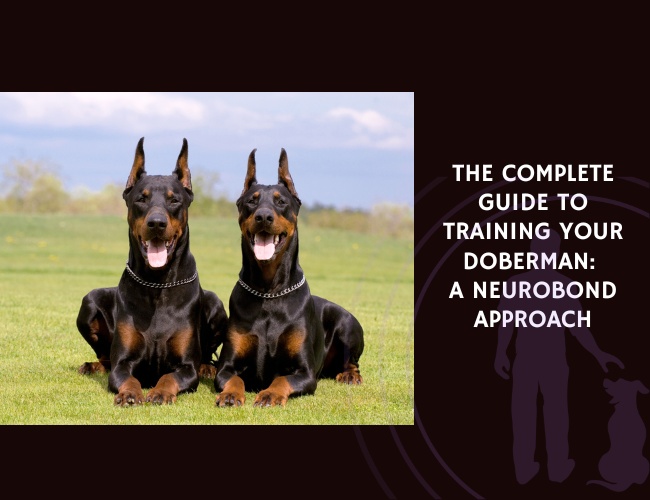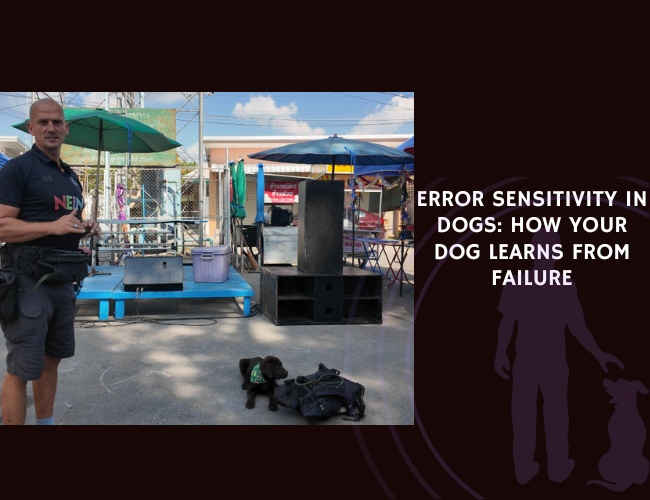Introduction
The German Shorthaired and Wirehaired Pointers stand as testament to centuries of selective breeding, creating dogs whose very DNA pulses with purpose. These aren’t just pets – they’re living systems designed for partnership, problem-solving, and performance. Yet so many owners find themselves struggling with what seems like stubborn behavior, excessive energy, or training challenges that traditional methods can’t solve.
Here’s what most training guides won’t tell you: your Pointer isn’t difficult. They’re simply operating on a different frequency than most dogs. With their ranking of 17th-19th in canine intelligence and ability to learn commands in just 5-15 repetitions, these dogs possess exceptional cognitive capacity. But intelligence without connection is like having a Ferrari with no keys.
This guide introduces you to the NeuroBond approach – a training philosophy that doesn’t seek to control your Pointer, but to connect with them. We’ll explore how their unique neurological wiring, bred-in instincts, and emotional needs create a dog that requires not just training, but true partnership. Let the journey begin.
Character & Behavior
Understanding Your Pointer’s Operating System
Think of your German Pointer as a highly sophisticated operating system on four legs. What you input determines what you receive. These dogs carry within them centuries of selective breeding that created specific behavioral patterns – and understanding these patterns is crucial to successful training.
The Playful Genius Your Pointer’s playfulness (rated at 81% by owners) isn’t just charming – it’s a window into their learning style. This playful nature reflects a brain that’s constantly seeking stimulation, problem-solving opportunities, and engagement. When we work with the NeuroBond method, we don’t suppress this playfulness; we channel it into productive learning experiences.
Attachment as Strength German Wirehaired Pointers score 81.7% on attachment/attention-seeking behavior, ranking 8th out of 124 breeds. This isn’t neediness – it’s neurological programming for partnership. In the field, these dogs needed to maintain constant awareness of their handler’s position and intentions. This natural inclination becomes our greatest training asset when we build proper connection.
The Sensitivity Factor Despite their robust appearance, both varieties are emotionally sensitive dogs. They possess a low touch-sensitivity score (13.5%, ranking 116th out of 124 breeds), but high emotional sensitivity to their handler’s mood and energy. This paradox means they can handle physical challenges but crumble under harsh corrections. The NeuroBond approach leverages this sensitivity, using connection and trust rather than correction and control.
Vocalization & Communication
Learning to Speak ‘Pointer’
Your German Pointer communicates through a rich vocabulary of sounds, body language, and behaviors. Understanding this communication system transforms training from a series of commands into a genuine conversation.
The Alert System Pointers were bred to signal – it’s literally in their name. When your dog barks, whines, or vocalizes during training, they’re not being difficult. They’re providing feedback about their emotional state, confusion level, or environmental awareness. In NeuroBond training, we listen to these signals rather than suppressing them.
Body Language Basics
- A stiff, forward-pointing stance isn’t aggression – it’s instinctive signaling behavior
- Rapid tail wagging combined with play bows indicates readiness to engage
- Excessive panting without physical exertion signals stress or overstimulation
- The famous “pointer stance” emerges even in pets who’ve never hunted
Creating Dialogue Traditional training often seeks to eliminate unwanted vocalizations. The NeuroBond approach asks: “What is the dog trying to tell us?” By acknowledging their communication attempts and redirecting them constructively, we build trust while maintaining boundaries. Remember: respect in the relationship is mutual, but not equal. We guide, they trust, and together we communicate.
Training & Education
The NeuroBond Learning Framework
Training a German Pointer requires understanding that these dogs learn through experience, not theory. With their capacity to master new commands in 5-15 repetitions and 85% first-time obedience rate, the challenge isn’t their ability – it’s our approach.
Building the Foundation: The Initial Bond Before any formal training begins, we establish connection. This isn’t about treats or commands – it’s about becoming relevant in your dog’s world. The process:
- The Check-In: Teach your Pointer to naturally look at you for guidance. No commands, just rewarding voluntary eye contact.
- Proximity Preference: Use their high attachment score to your advantage. Reward them for choosing to be near you without being asked.
- The Invisible Leash: As trust builds, your Pointer begins to self-regulate their distance from you, creating connection without constraint.
From Bond to Task Once the neurological bond is established, formal training becomes almost effortless. Tasks that traditionally require repetitive drilling – like leash walking, recall, and retrieving – emerge naturally because the dog wants to cooperate, not because they’re compelled to obey.
The Learning Window Science tells us the critical socialization period ends at 12-16 weeks, but the NeuroBond approach recognizes that connection-based learning continues throughout life. However, starting early matters:
- 8-10 weeks: The brain is primed for bonding
- 3-6 months: Instinctive behaviors emerge and can be guided
- 6-12 months: Adolescent independence tests the bond
- 12-24 months: Full maturity brings consistency in learned behaviors
Structured Freedom German Pointers thrive with clear boundaries within which they have freedom to make choices. This isn’t permissiveness – it’s strategic empowerment. When faced with decisions, they learn to check in with you rather than act independently. This creates the “invisible commands” that make a well-trained Pointer seem almost telepathic in their responsiveness.
Performance & Activities
Channeling the Drive
Your Pointer’s high energy and strong prey drive aren’t problems to solve – they’re features to utilize. The NeuroBond approach transforms these instinctive drives into cooperative activities that strengthen your connection.
Mental Stimulation Through Purpose These dogs were designed to work. Without purpose, they create their own jobs – usually ones we don’t appreciate. Structure their need for mental engagement:
- Scent Work: Use their exceptional spatial memory and navigation skills in structured nose work
- Problem-Solving Games: Their high adaptive intelligence craves puzzles that require creative solutions
- Retrieval Variations: Build on their instinctive retrieve with increasingly complex challenges
The Exercise Equation Physical exercise alone won’t satisfy a Pointer. They need:
- 60-90 minutes of varied physical activity daily
- 30-45 minutes of mental challenges
- Regular opportunities to use their nose and problem-solving abilities
- Social interaction with other dogs (after proper socialization)
Redirecting Instincts When your Pointer exhibits unwanted behaviors like chasing or excessive prey drive, remember: punishment without alternative solutions creates confusion. Instead:
- Acknowledge the instinct (“I see that bird interests you”)
- Redirect to an acceptable outlet (“Let’s find your ball instead”)
- Reward the redirection enthusiastically
- Repeat until the new pattern becomes default
Bonded. Driven. Brilliant.
Your Pointer isn’t difficult—they’re dialled into purpose.
Beneath their intensity lies centuries of design for connection, instinct, and performance. Training them isn’t about obedience—it’s about decoding a system that wants to work with you.
Intelligence means nothing without relationship.
German Pointers learn in moments, not months—but only when they care to listen. NeuroBond doesn’t demand obedience; it cultivates relevance. That’s how commands become choices willingly made.

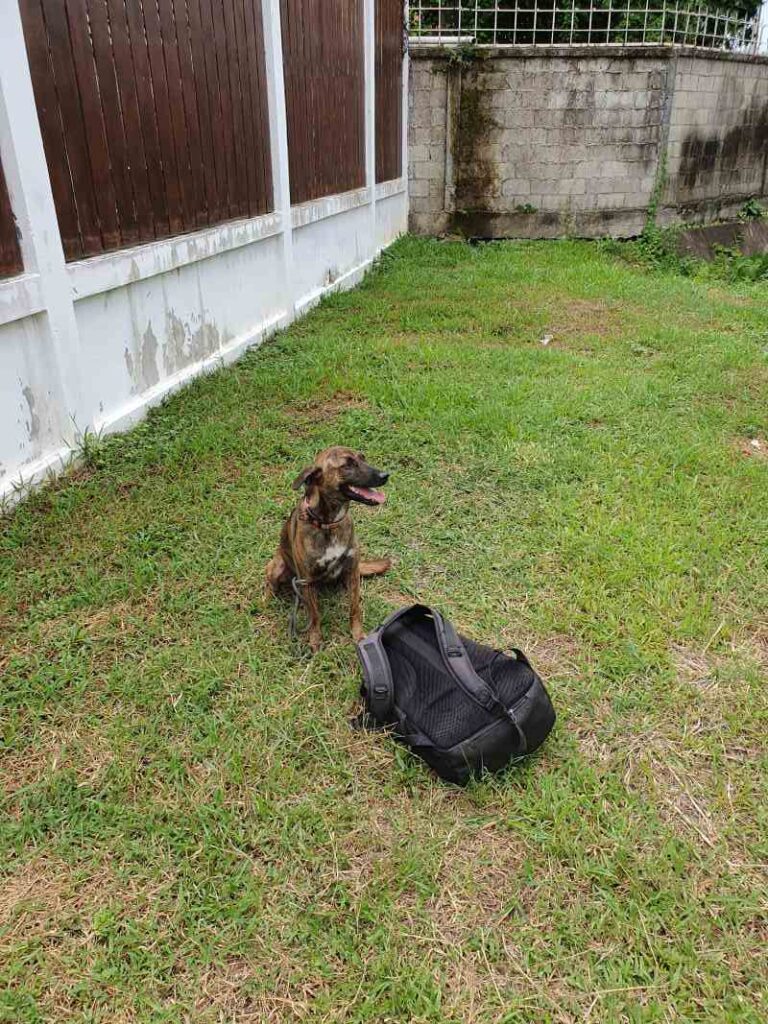
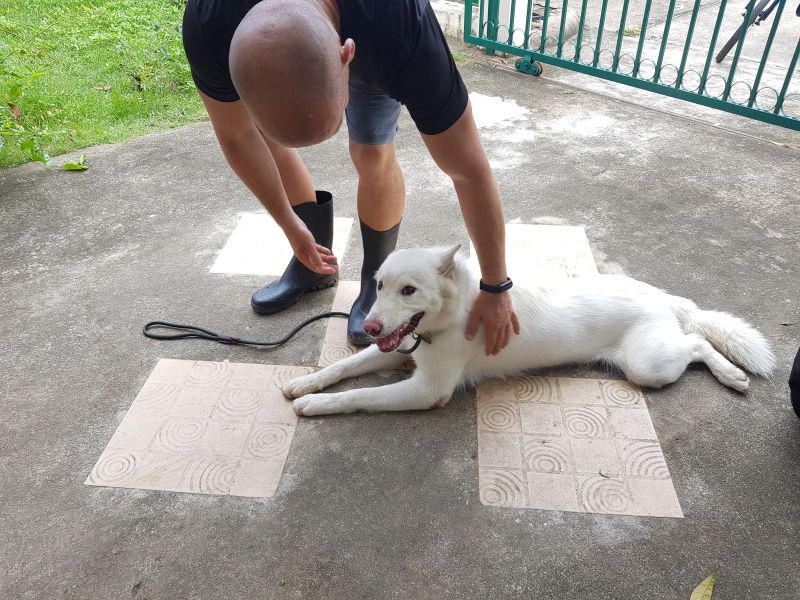
Connection creates the invisible leash.
Through structured freedom, trust, and emotional clarity, these dogs transform. They don’t follow because they must. They stay close because they want to—because you’ve become the anchor in their world.
Nutritional Recommendations
Fueling the System
A German Pointer’s nutrition directly impacts their trainability, energy regulation, and emotional stability. Think of food as programming code for their operating system.
Energy Management Through Diet High-energy breeds often become hyperactive not from excess energy, but from improper fuel. Consider:
- Protein content: 25-30% for active adults
- Complex carbohydrates for sustained energy release
- Omega-3 fatty acids for cognitive function and coat health
- Meal timing: 2-3 smaller meals prevent energy spikes
The Training-Nutrition Connection Training sessions require proper fueling:
- Light meal 2-3 hours before intensive training
- High-value, small training treats that don’t disrupt nutritional balance
- Post-training recovery snacks to reinforce positive associations
- Consistent meal times that support routine and predictability
Behavioral Nutrition Certain nutritional deficiencies can masquerade as training problems:
- Low B-vitamins may increase anxiety
- Insufficient omega-3s can impact learning ability
- Food sensitivities might manifest as hyperactivity or inability to focus
Health Concerns
The Physical Foundation of Training
Your Pointer’s physical health directly impacts their ability to learn and maintain trained behaviors. Understanding breed-specific health considerations helps you recognize when behavior issues stem from discomfort rather than disobedience.
Common Health Impacts on Training
- Hip Dysplasia: May cause reluctance to sit or perform certain positions
- Bloat Risk: Requires careful timing of meals around training sessions
- Ear Infections: Common in floppy-eared varieties, can affect focus and mood
- Exercise-Induced Collapse: Some lines carry this gene, requiring modified training approaches
Recognizing Discomfort Signals A Pointer in pain won’t always limp. Watch for:
- Sudden changes in trained behaviors
- Reluctance to perform previously enjoyed activities
- Increased irritability or sensitivity
- Shifts in energy levels or enthusiasm
Preventive Wellness Maintaining your Pointer’s health supports consistent training:
- Regular veterinary checkups catch issues early
- Appropriate exercise prevents injury while building stamina
- Mental stimulation reduces stress-related health issues
- Proper weight management maintains joint health and energy levels
Lifestyle & Environment
Creating the Optimal Learning Environment
German Pointers aren’t just dogs – they’re environmental readers. Every aspect of their surroundings impacts their ability to learn, retain, and perform trained behaviors.
Space Requirements These dogs need:
- Room to move and explore safely
- Designated quiet spaces for decompression
- Varied environments for generalization of training
- Access to different textures, surfaces, and stimuli
The Family Dynamic Your Pointer views your household as their pack structure. In the NeuroBond approach:
- Clear roles provide security (you lead, they follow, but both participate)
- Consistency across all family members prevents confusion
- Children must understand the dog’s need for boundaries and respect
- Other pets require proper introduction and integration
Environmental Enrichment A bored Pointer is a destructive Pointer. Prevent problems through:
- Rotating toys and puzzles to maintain novelty
- Creating “hunting” opportunities with hidden treats or toys
- Providing appropriate chew outlets for oral stimulation
- Establishing predictable routines with built-in variety
Urban vs. Rural Considerations
- City Pointers: Need more structured exercise and mental stimulation to compensate for limited space
- Country Pointers: Require strong recall and boundary training due to increased distractions
- Both benefit from the NeuroBond approach’s emphasis on voluntary compliance over forced obedience
Senior Care
Maintaining the Bond Through Life Stages
As your German Pointer ages, the NeuroBond continues to evolve. Senior dogs don’t need less training – they need adapted training that honors their changing capabilities while maintaining mental engagement.
Cognitive Considerations Aging Pointers may experience:
- Slower processing of new information
- Increased reliance on established routines
- Greater sensitivity to environmental changes
- Need for more frequent, shorter training sessions
Adapting the Approach
- Physical Modifications: Lower jumps, shorter distances, more rest breaks
- Mental Adjustments: Simpler puzzles with higher success rates
- Emotional Support: Increased patience and celebration of small victories
- Routine Flexibility: Maintaining structure while accommodating physical limitations
The Eternal Student One of the beauties of the NeuroBond approach is that it grows with your dog. The connection established in puppyhood becomes the comfort of their senior years. Training transforms from teaching new skills to maintaining cognitive function and emotional well-being.
Quality Over Quantity Senior Pointers benefit from:
- Brief, positive training sessions that end on success
- Focus on maintaining existing skills rather than learning complex new ones
- Increased use of nose work and gentle mental stimulation
- Celebration of the wisdom and partnership built over years together
Common Challenges & Solutions
When Things Don’t Go As Planned
Even with the NeuroBond approach, challenges arise. Remember: behavior is feedback, not failure. Your Pointer is always communicating something through their actions.
Challenge: Excessive Prey Drive Traditional approach says: Punish the chasing NeuroBond solution:
- Acknowledge the instinct as valid
- Create structured outlets (flirt poles, controlled chase games)
- Build stronger recall through connection, not correction
- Use the prey drive as a reward in itself
Challenge: Separation Anxiety Traditional approach says: Ignore the whining NeuroBond solution:
- Build confidence through gradual departures
- Create positive associations with alone time
- Address the underlying insecurity, not just the symptom
- Use the bond to create security, not dependency
Challenge: Leash Pulling Traditional approach says: Use correction tools NeuroBond solution:
- Stand still when pulling occurs (let the dog find the solution)
- Reward voluntary check-ins and proximity
- Make being near you more interesting than pulling ahead
- Use their natural desire for connection as the training tool
Challenge: Distraction During Training Traditional approach says: Increase corrections NeuroBond solution:
- Lower criteria in distracting environments
- Build success gradually
- Use the distraction as information about what matters to your dog
- Strengthen the bond so you become more relevant than distractions
Conclusion: Is This Approach Right for You?
The NeuroBond approach to training German Pointers isn’t just a method – it’s a philosophy that recognizes these remarkable dogs as the complex, intelligent, sensitive beings they are. It asks more of you as a handler because it’s based on genuine relationship rather than simple obedience.
You’ll Succeed With This Approach If You:
- View training as an ongoing relationship, not a task list
- Can provide consistent mental and physical stimulation
- Want a true partner, not just an obedient pet
- Understand that connection takes time but creates lasting results
- Are willing to learn your dog’s language while teaching them yours
This Might Not Be For You If You:
- Want quick fixes without investing in relationship
- Expect robotic obedience without mutual respect
- Can’t commit to meeting their substantial exercise and mental needs
- Prefer dominance-based training methods
- See dogs as subordinates rather than partners
The Journey Forward Training a German Pointer through the NeuroBond approach transforms both dog and human. You’re not just teaching commands – you’re building a communication system based on trust, respect, and genuine connection. The invisible leash that develops isn’t about control; it’s about choice. Your Pointer chooses to stay close, to check in, to cooperate because the bond you’ve built makes you the most interesting thing in their world.
Remember: Zero effort yields zero results. Full effort creates full connection. Your German Pointer is waiting to show you what true partnership looks like. The question isn’t whether they’re trainable – it’s whether you’re ready to move beyond training into genuine relationship.
Welcome to a new way of living with your German Pointer. The journey starts with a single moment of connection. 🐾


